It was the sensation of 2006: the galaxy rasbora (Celestichthys margaritatus). The species was still scientifically unknown at the time of its discovery. Just one year later, in 2007, Tyson Roberts described this 2 – 2.5 cm long fish jewel from Burma under the scientific name Celestichthys margaritatus and established the new genus Celestichthys. This did not go uncriticized, as there is obviously a great similarity to M. erythromicron, which also originates from Burma and was placed in the genus Microrasbora at the time. In 2008, Conway et al. declared the genus Celestichthys to be a synonym of Danio on the basis of anatomical studies. Many follow this suggestion, in which case the galaxy rasbora must be called Danio margaritatus. Others do not accept Conway’s suggestion and see Celestichthys as a valid genus with the two species margaritatus and erythromicron, as molecular biological studies show that the genus Danio is polyphyletic. Accordingly, only the large species around D. dangila, the genus type (see https://www.aquariumglaser.de/en/08-carp-like-fishes-2-barbs-minnows-carps-goldfish-etc/danio_dangila_en/), should be designated as Danio in the proper sense, everything else would have to be distributed among several genera, including Celestichthys. This whole story is not yet settled.
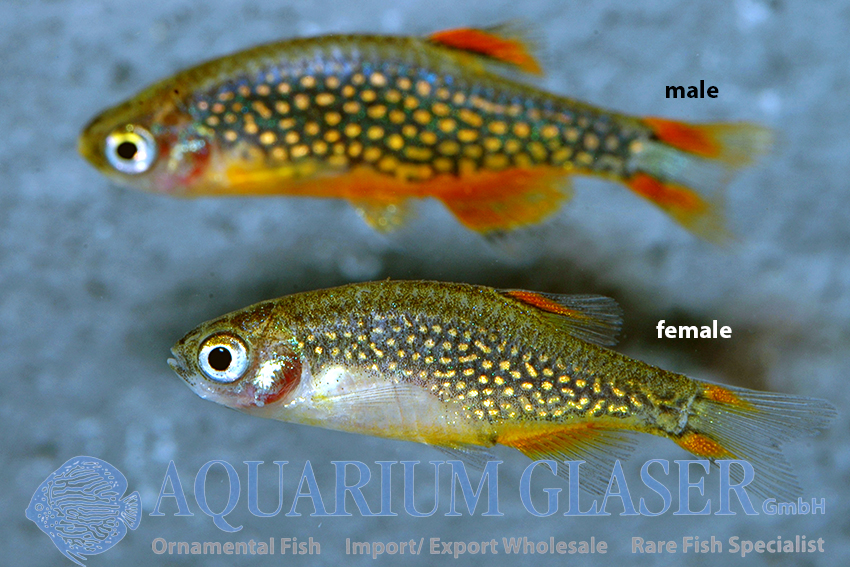
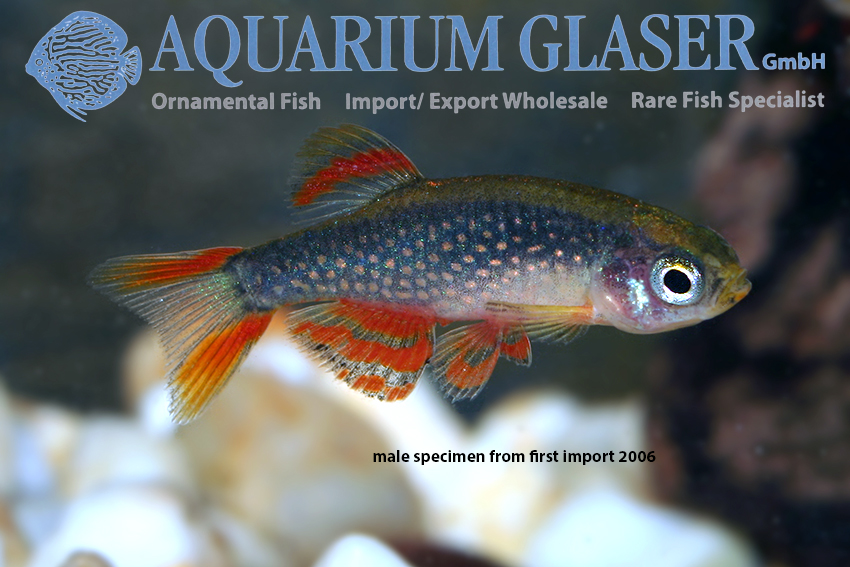
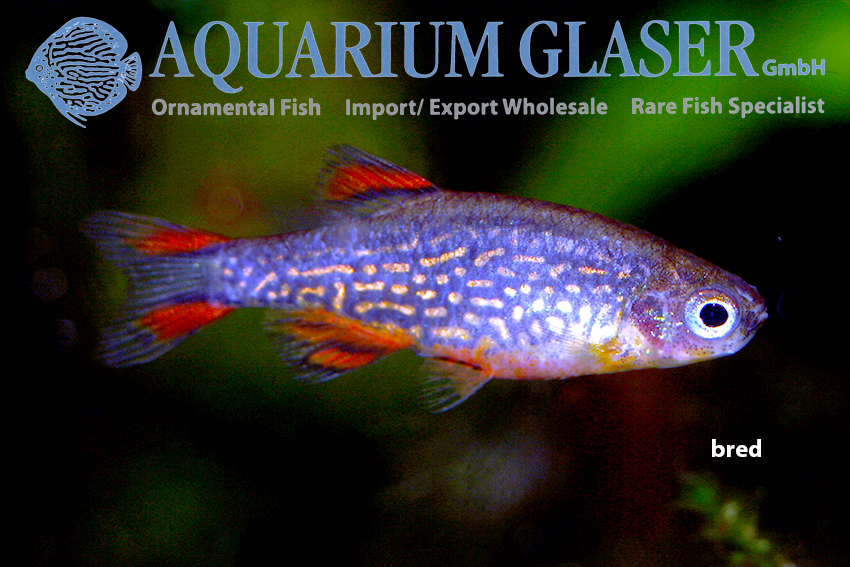
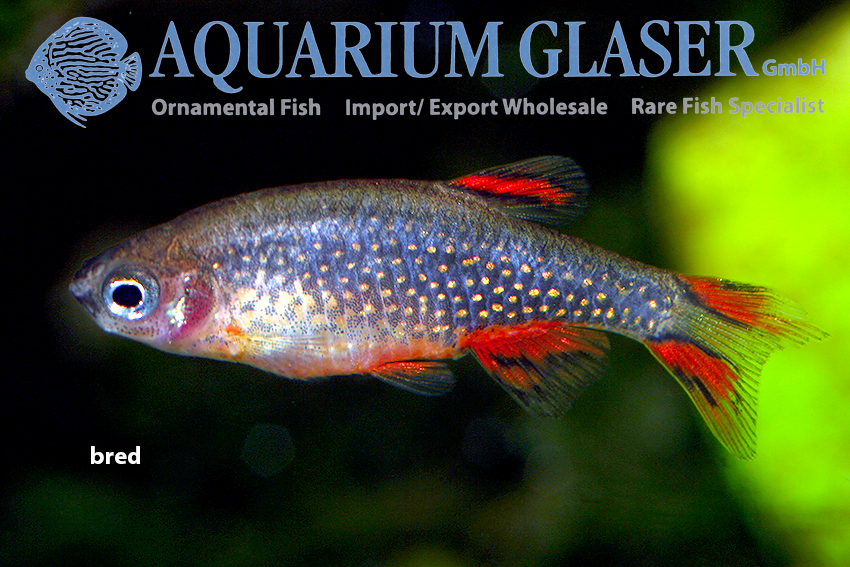
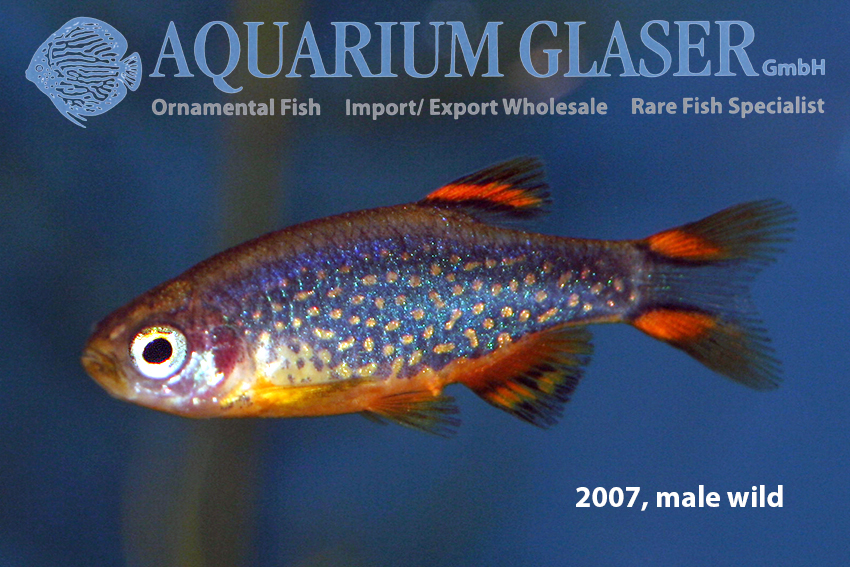
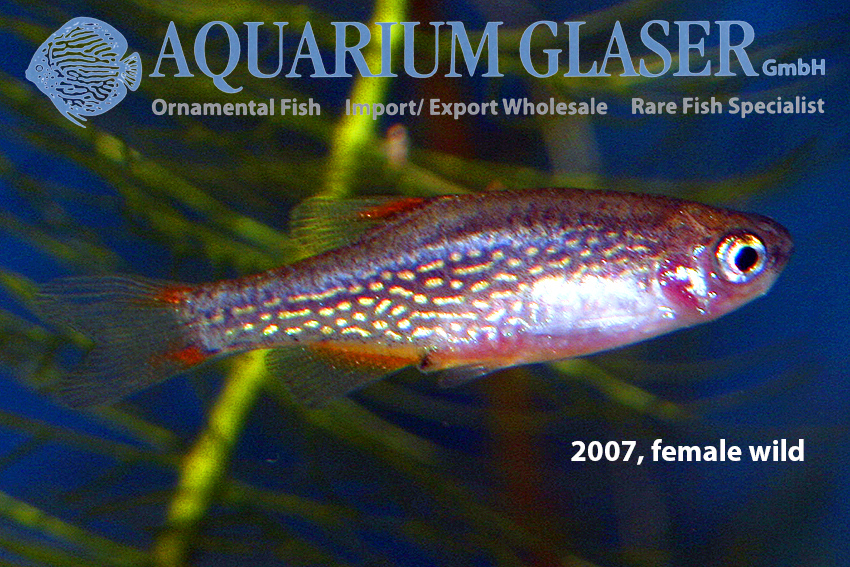
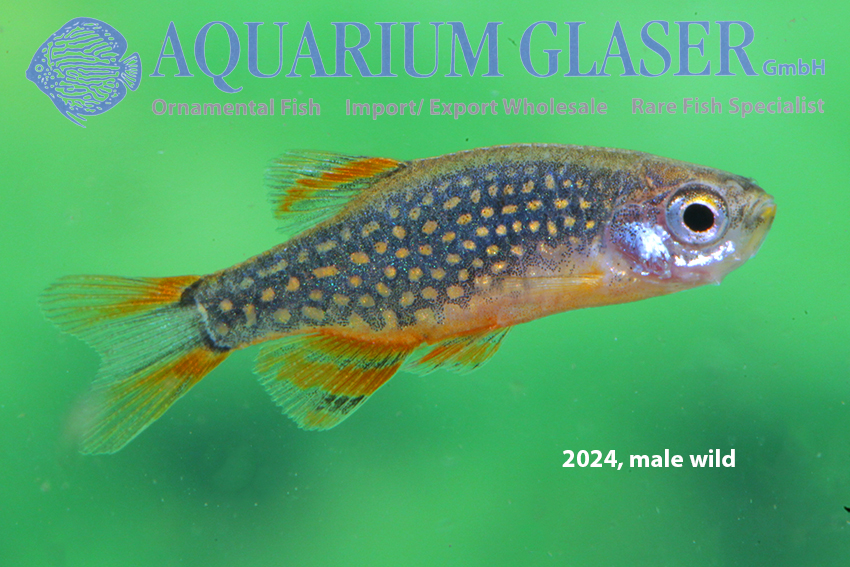
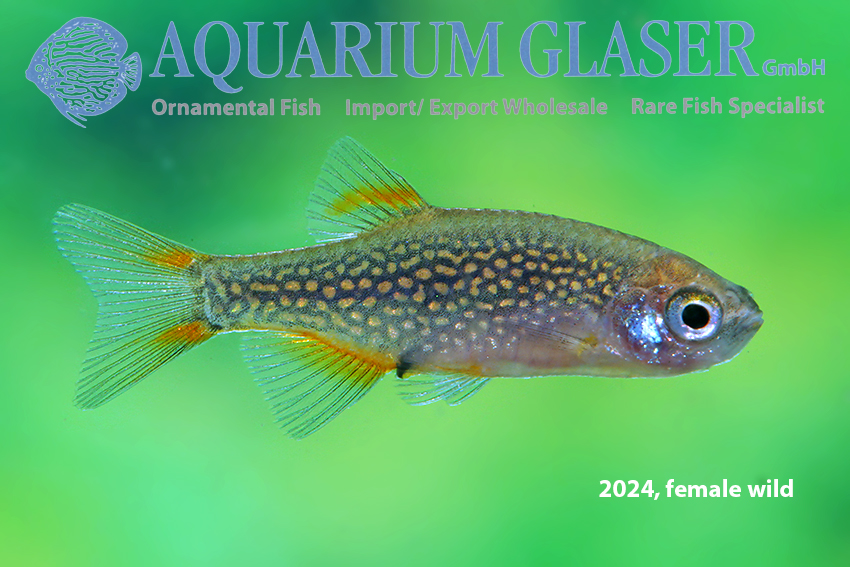
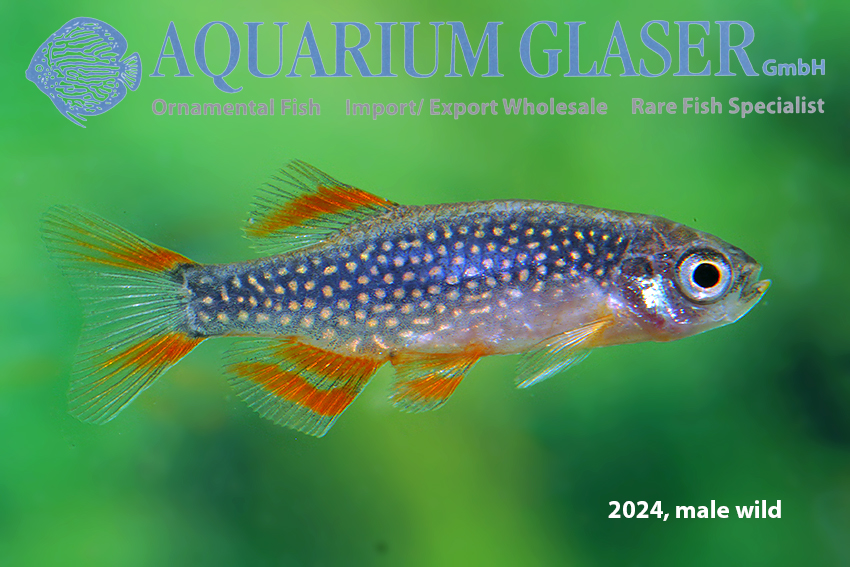
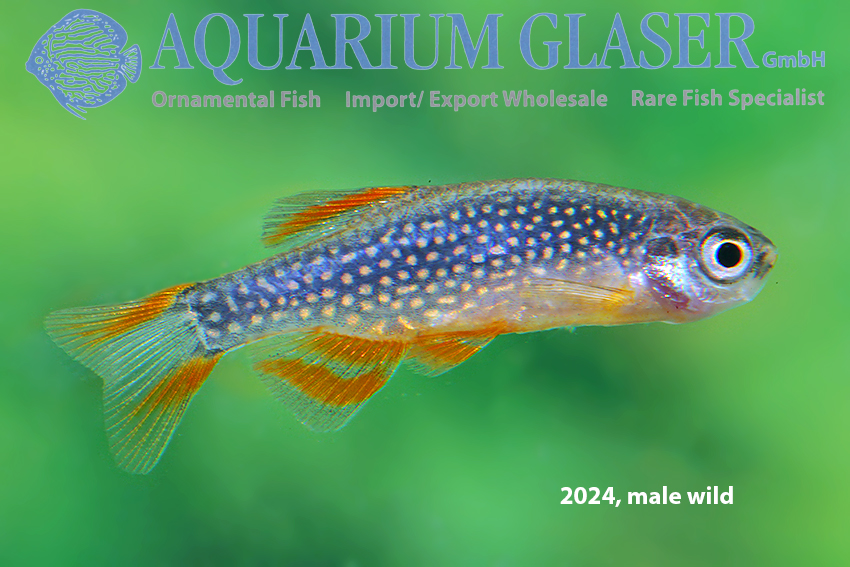
Much more significant is the fact that the galaxy rasbora has now become firmly established in the aquarium hobby. It is available both as wild collected and as a captive-bred. Fortunately, initial fears that the species could be overfished by catching it for the aquarium trade have turned out to be completely unfounded. There is no threat to the species from ornamental fish catchers. Bred animals are generally somewhat larger and better nourished, as life in the wild is hard; otherwise there are no external differences.
As a subtropical species, the galaxy rasbora should be kept at temperatures between 18 and 24°C, i.e. temporarily without heating and only for breeding at slightly higher temperatures. The water should be neutral to slightly alkaline, which is easier to achieve in harder water than in soft water. This completely peaceful schooling fish will eat any ornamental fish food that is suitable for their mouths. Females lack the red in their fins and they have a black anal spot. Spawning takes place in Java moss and the like, galaxy rasboras do not practice brood care.
For our customers: the animals have code 408243 (wild) and 408233 (captive bred) on our stock list. Please note that we only supply the wholesale trade.
Text & photos: Frank Schäfer & Erwin Schraml




